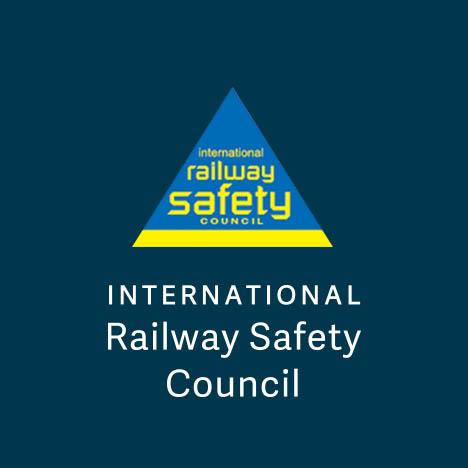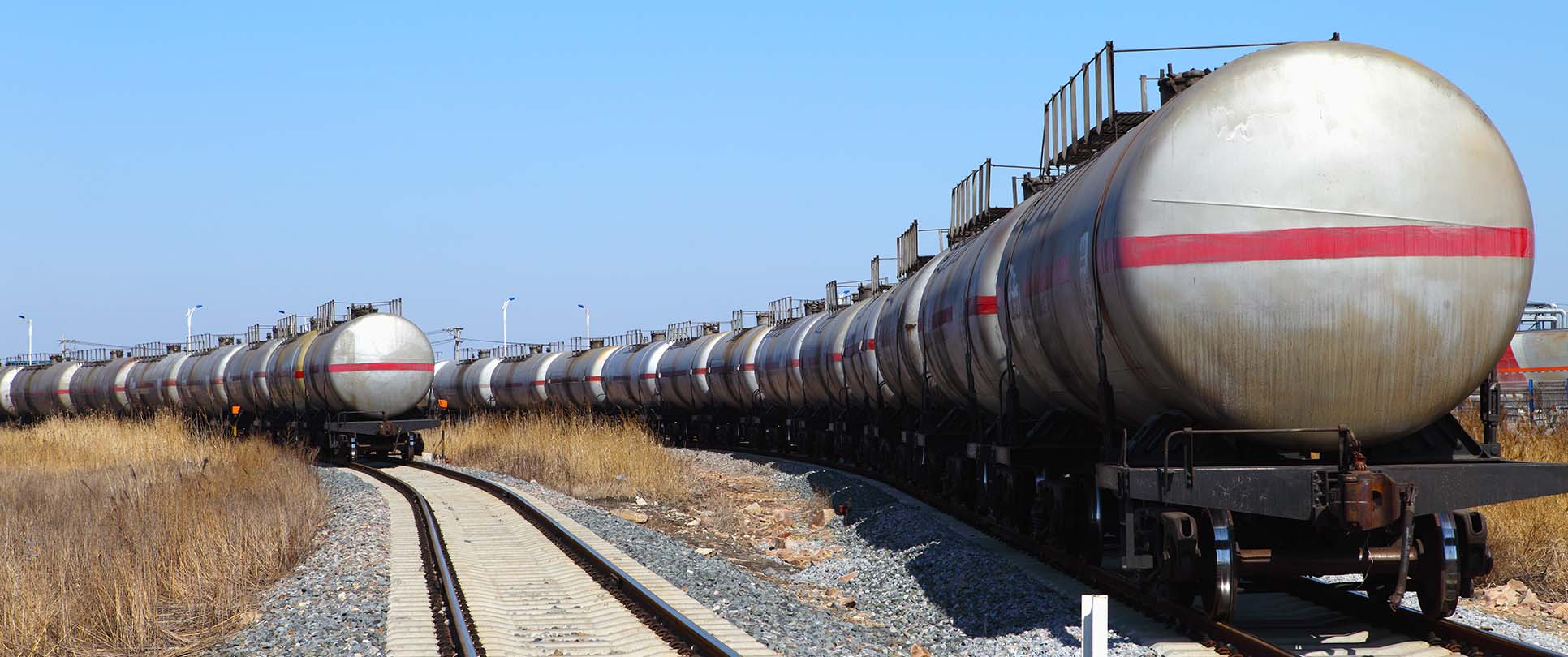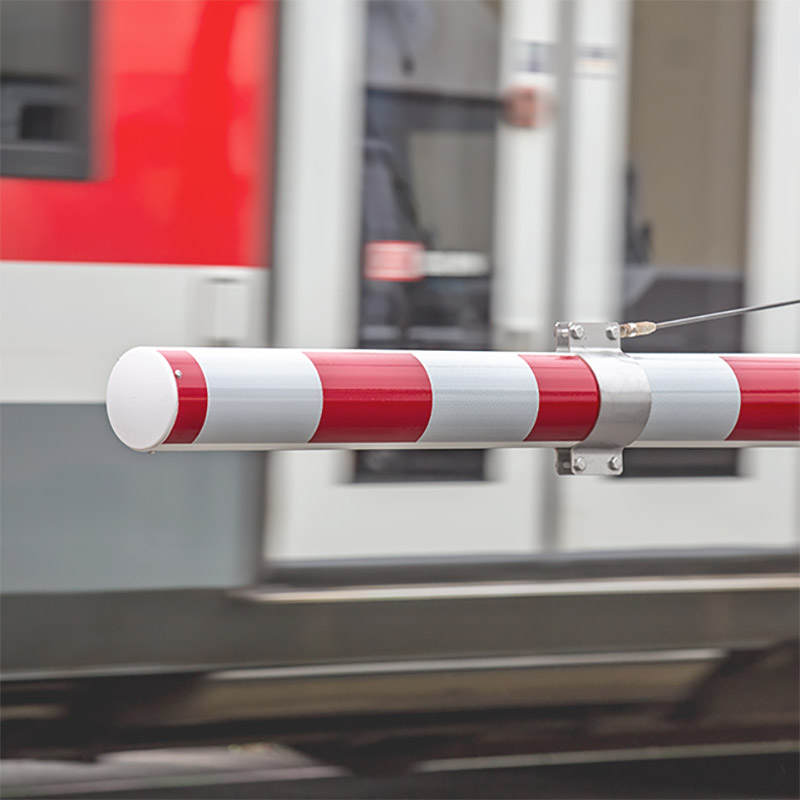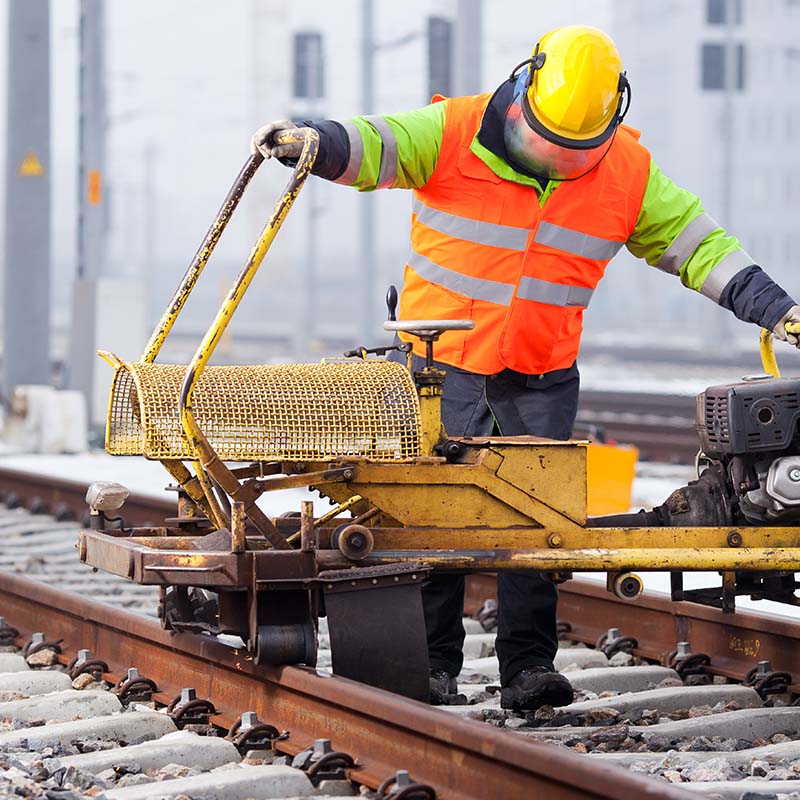cape-town
Owing to information technology developments, closed-circuit TVs have been widely used everywhere in society for the early detection of risks. Public transport systems such as buses, taxis, etc., have increased the use of in-cab inward CCTVs. But in railroad transportation companies, the installation of CCTVs has been opposed by railway engineer unions because the installation is done only to monitor the driver’s behavior, without the consideration for preventing boredom during long driving times. For this reason, in-cab inward-CCTVs have been operated by only a few railroad companies in a few countries.
In Korea, a law for the installation of in-cab inward CCTVs has been established, but the enforcement was suspended due to the opposition of the railroad union. But it’s time to seriously rethink the potential of in-cab inward-CCTVs as a means of securing railway safety from the boredom of drivers by providing sophisticated functionality as part of a driving assistance system.
To suggest a proper driving assistance system for train drivers, first we used a full train operating simulator to study the driver’s response during a situation of trying to relieve boredom, such as texting, watching videos, smoking, etc., to the recognition of an abnormal condition in the operation of train devices. Secondly, we conducted various interviews with train drivers, operators, developers, manufactures, etc., about the proper role of train driver under a fully automated train operation system, the vision of the train driver’s role in the future, the most important factor issues for the different levels of automation, what kinds of tasks the train driver engages in in a fully automated train, the allowable range of driver boredom necessary according to the level of automation, etc. Finally, we clarified the necessary functions of the in-cab inward-CCTV as a driving assistance system for train drivers.





